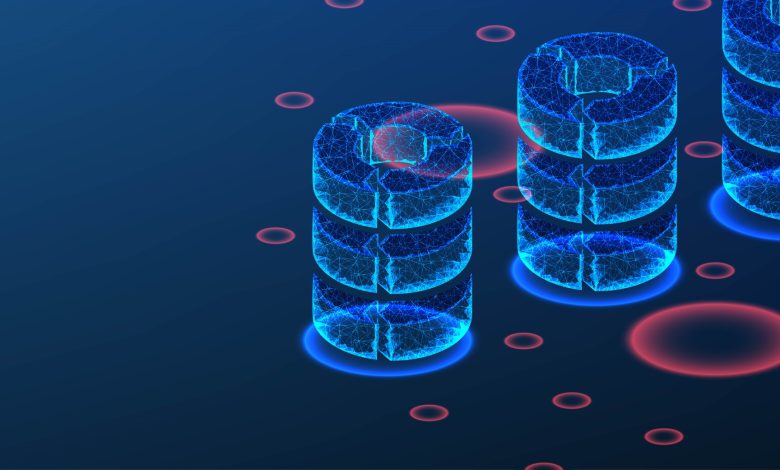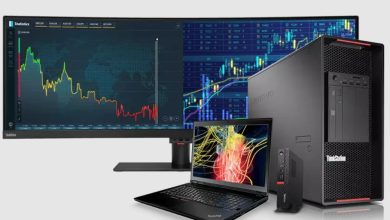Akamai Takes Cloud Computing to the Edge

Akamai Technologies (NASDAQ: AKAM), the cloud company that powers and protects life online, today unveiled plans to embed cloud computing capabilities into its massive edge network. Akamai’s Generalized Edge Compute (Gecko) advances Akamai’s strategy to be the cloud computing platform for companies that want to deliver better experiences by running workloads closer to users, devices, and sources of data.
Akamai’s move comes at an exciting juncture for the technology industry. In a worldwide study conducted in 2023, ClearPath Strategies found that two-thirds of IT decision-makers said their use of distributed cloud services is expected to increase over the next 12 months. More than one-third of respondents said the benefits of distributed cloud — including the ability to process and analyze AI and machine learning data quickly and efficiently — are mission critical to their IT strategy.
The new initiative is the latest move in Akamai’s multiyear strategy to become a key platform in enterprise multicloud environments. It is another step in the company’s vision for a new kind of cloud designed to meet the needs of modern applications that require higher performance, lower latency, and true global scalability that current cloud architectures were not built to provide.
Akamai has been conducting early trials of Gecko with several of its enterprise customers. The company anticipates that customers in AI inferencing, multiplayer gaming, and social and streaming media are best positioned to take advantage of the power of Gecko. Akamai sees future use cases in areas such as immersive retail, spatial computing, data analytics, and consumer and industrial IoT.
Current industry architectures treat cloud and edge networks separately. Gecko is designed to enable generalized compute to be deployed on top of Akamai’s existing worldwide edge network, taking advantage of existing tools, processes, and observability to provide a consistent experience across the entire continuum of compute from cloud to edge. Gecko will move heavier, traditional compute — usually confined to centralized data centers — to the edge of Akamai’s network. This will bring full-stack computing to hundreds of previously hard-to-reach locations, allowing customers to move workloads closer to their users.
By injecting cloud computing into places that traditional cloud providers have struggled to reach, developers will no longer have to think about building for the cloud or building for the edge. As developers demand more from their cloud and edge providers, Akamai’s plan is to unlock opportunities to innovate across the entire continuum of compute by driving the convergence necessary to put cloud computing power at the edge — convergence not possible before Gecko.
“Gecko is the most exciting thing to happen to the cloud in a decade,” said Dr. Tom Leighton, Akamai Co-Founder and CEO. “It’s the next phase of the roadmap toward a more connected cloud we laid out when we acquired Linode to add cost-effective, cloud-native computing capabilities to our portfolio. We began delivering on that roadmap with the launch of Akamai Connected Cloud and the rapid rollout of new core computing regions around the world. With Gecko, we’re furthering that vision by combining the computing power of our cloud platform with the proximity and efficiency of the edge, to put workloads closer to users than any other cloud provider. When we say we operate at planetary scale, this is what we mean.”
Akamai Connected Cloud: The World’s Most Distributed Cloud Platform
The scale of Akamai’s network, comprising 4,100 points of presence around the globe, makes Akamai Connected Cloud the world’s most distributed cloud platform. Akamai’s 25 years of experience managing massively distributed, fully automated, highly efficient, and exceptionally reliable networks puts it in a unique position among the world’s top cloud providers. Hyperscalers have dominated the market based on a decade-old centralized cloud model that emphasized scale-up compute power at the expense of reach. Smaller edge and CDN providers focused on scale-out reach in exchange for compute power. By adding Linode to its network and building out more core computing regions over the past year, Akamai has transformed Akamai Connected Cloud into the most distributed cloud computing platform on the planet. Akamai anticipates that the ability to harness the power of both the cloud and the edge will give it an advantage as the industry faces increasing demand to deliver better price performance, lower latency, and more robust security for applications and data, built and deployed across a wider continuum of compute. This advantage, combined with Akamai’s deep experience in distributed networking, is intended to give customers access to a more powerful, portable, easier-to-use, and lower-cost cloud.
“Akamai is delivering on the promise it made when it acquired Linode by quickly integrating compute into its security and delivery mix,” said Dave McCarthy, IDC, Research Vice President, Cloud and Edge Services. “What they’re now doing with Gecko is an example of the more distributed cloud world we’re heading toward, driven by demands to put compute and data closer to the edge.”
Akamai’s Gecko Roadmap: Putting Compute in Hard-to-Reach Locations
Akamai is rolling out a fast-paced, but pragmatic, roadmap for Gecko. In its first phase, announced today, Akamai aims to embed compute with support for virtual machines into 100 cities by the end of the year. Already, in 2024, Akamai has deployed new Gecko-architected regions in Hong Kong SAR; Kuala Lumpur, Malaysia; Querétaro, Mexico; and Johannesburg, South Africa, as well as in cities without a concentrated hyperscaler presence, including Bogotá, Colombia; Denver, Colorado; Houston, Texas; Hamburg, Germany; and Marseille, France. Deployment of a 10th Gecko region in Santiago, Chile, is planned by the end of the first quarter. Beyond these 10 new Gecko locations and its existing 25 core computing regions, Akamai intends to add hundreds of cities to its global cloud computing footprint over the next several years.
In the second phase of Gecko, which is expected to kick off later this year, the company plans to add containers to the mix. In Gecko’s third phase, Akamai plans to add automated workload orchestration to make it easier for developers to build applications across hundreds of distributed locations, with the end goal of creating a consistent user experience between each core computing region and the edge.




